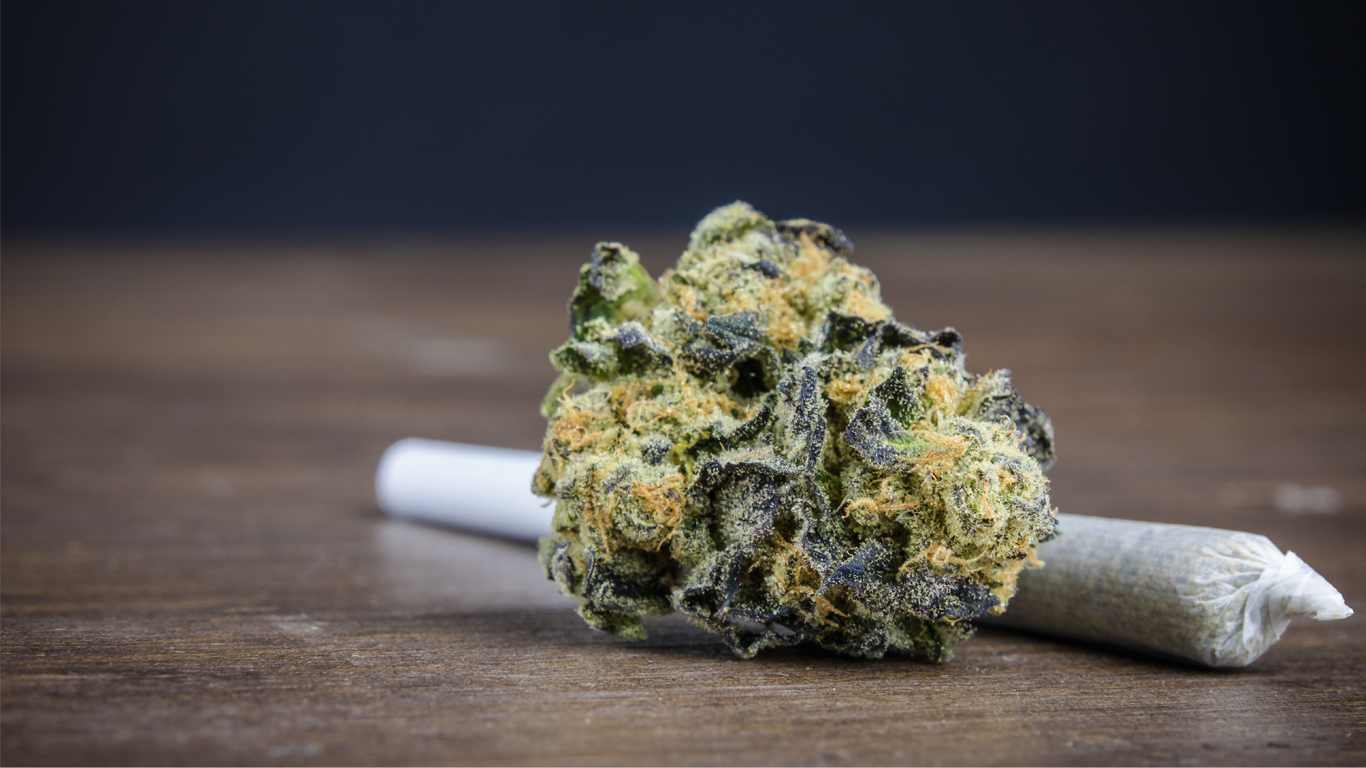
On October 17, 2018, Canada became the second country in the world to legalize the production, distribution, sale and non‐medical use of cannabis for adults.
Since the legalization of cannabis in 2018, more Canadians are using its products regularly. By the end of 2020, nearly 6.2 million people aged 15 or older, or 20.0% of Canadians in that age group, reported having used cannabis in the past three months. This was higher than both the 14.0% of respondents who reported use before legalization and the 17.5% who reported use in the first months after the Cannabis Act was enacted. In the fourth quarter of 2020, 7.9% of Canadians aged 15 and older also reported using cannabis daily or almost daily, up from 6.1% in the first quarter of 2019 and 5.4% in the first quarter of 2018.
Cannabis use prevalence varies across the provinces. By 2020, about one-quarter of residents of Nova Scotia (27.3%), British Columbia (24.8%) and Ontario (23.1%) reported having used cannabis in the three months before they were surveyed, higher than the estimates for the rest of Canada. Quebec (10.6%) and Saskatchewan (13.9%) residents had lower-than-average use. For Prince Edward Island and British Columbia, prevalence was at its highest level in three years in 2020.
One of the main goals of legalization was to eliminate (or substantially reduce) the illegal market and, consequently, to keep profits from criminals and organized crime. Data show that this may be working, as Canadians’ sources of cannabis have changed since legalization. According to the 2020 National Cannabis Survey, an estimated 68.4% of cannabis users reported having obtained at least some of the cannabis they consumed from a legal source—a percentage that is nearly three times higher than before legalization in 2018 (22.9%) and higher than just after legalization in 2019 (47.4%). The number of legal cannabis stores (in addition to online legal suppliers) has increased nearly eightfold across Canada since the fourth quarter of 2018 (legalization), making cannabis easier to purchase legally.
Each province and territory is responsible for determining how cannabis is distributed and sold within its jurisdiction. Each province and territory also has the flexibility to set additional restrictions, including placing limits on possession, personal cultivation and public use of cannabis, as well as increasing the minimum age of use.
On 4/20 Day, cannabis consumers across the country gather to celebrate and enjoy cannabis legally. But despite the rising social acceptability of cannabis in Canada, it is important to recognize that every form of cannabis consumption poses some health risks, and that choosing not to use cannabis remains the only way to avoid them.
The policies governing cannabis production, distribution, sale and consumption continue to evolve. While that evolution is ongoing, Statistics Canada will continue to track the health and economic outcomes of cannabis.
Contact information
For more information, contact the Statistical Information Service (toll-free 1-800-263-1136; 514-283-8300; infostats@statcan.gc.ca) or Media Relations (statcan.mediahotline-ligneinfomedias.statcan@statcan.gc.ca).
